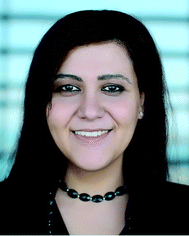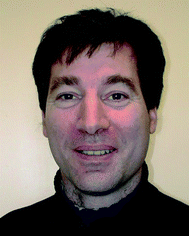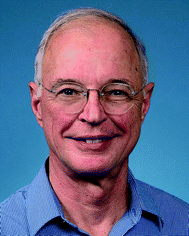Engineering nanoparticles for sensing and biomedical applications: a themed collection
Niveen M.
Khashab
a,
Jean-Olivier
Durand
b and
Jeffrey I.
Zink
c
aKing Abdullah University of Science and Technology (KAUST), Chemical and Life Sciences and Engineering, 4700 King Abdullah University, Thuwal, 23955, Saudi Arabia
bInstitut Charles Gerhardt, Université Montpellier 2, Chimie Moleculaire et Organisation du Solide, UMR 3253 cc 1701 Place Eugene Bataillon, Montpellier cedex 05, 34095, France
cUCLA, Chemistry and Biochemistry, 607 Charles E. Young Drive East, Los Angeles, California 90095, USA
Abstract
Guest editors Niveen M. Khashab (KAUST), Jean-Olivier Durand (Université de Montpellier) and Jeffrey I. Zink (UCLA) introduce this themed collection showcasing some of the major advances in engineering organic and inorganic nanosystems to develop superior biomedical materials.
Smart nanomaterials have taken the research and industry communities by storm, and the field of biomedical applications is no exception. The control of the nanoscale and physicochemical properties of particles, as well as the ability to visualize them via electron microscopy techniques and in cells, has ushered in numerous discoveries. In particular, stimuli-responsive or smart nanomaterials have unique advantages for bioimaging, sensing, and therapeutic applications.
The scale of nanomaterials can be precisely engineered towards specific applications. Furthermore, molecular technology is important for the precise control of the properties of the nanomaterials, their shape, structure, size, porosity, and function, through covalent or supramolecular interactions during the building of the nanosystem and/or with post-functionalization. The control of these interactions allows the assembly of nanoparticles actuated through near-infrared light, magnetic, pH, enzymatic, and cascade stimuli; therefore nano-platforms with unprecedented efficiency for their biomedical aim have been designed. The main targeted applications of these nano-platforms are sensitive detection, cancer theranostics and antibacterial activity.
Indeed these nanoplatforms allow multiplexing imaging for efficient pathogen detection. From the nanomedicine side, these nanoplatforms also allow the reduction of important side-effects of classical treatments by delivering the drug with very high selectivity and by combining several diagnostic and therapeutic properties in only one nano-object. The nanoplatforms overcome limitations of classical treatments such as low solubility of anti-cancer and antibacterial drugs, protect the drug from degradation and metabolism, and increase circulation times and bio-availability.
With this collection of invited papers we showcase some of the major advances in engineering organic and inorganic nanosystems to develop superior biomedical materials.
| This journal is © The Royal Society of Chemistry 2017 |



